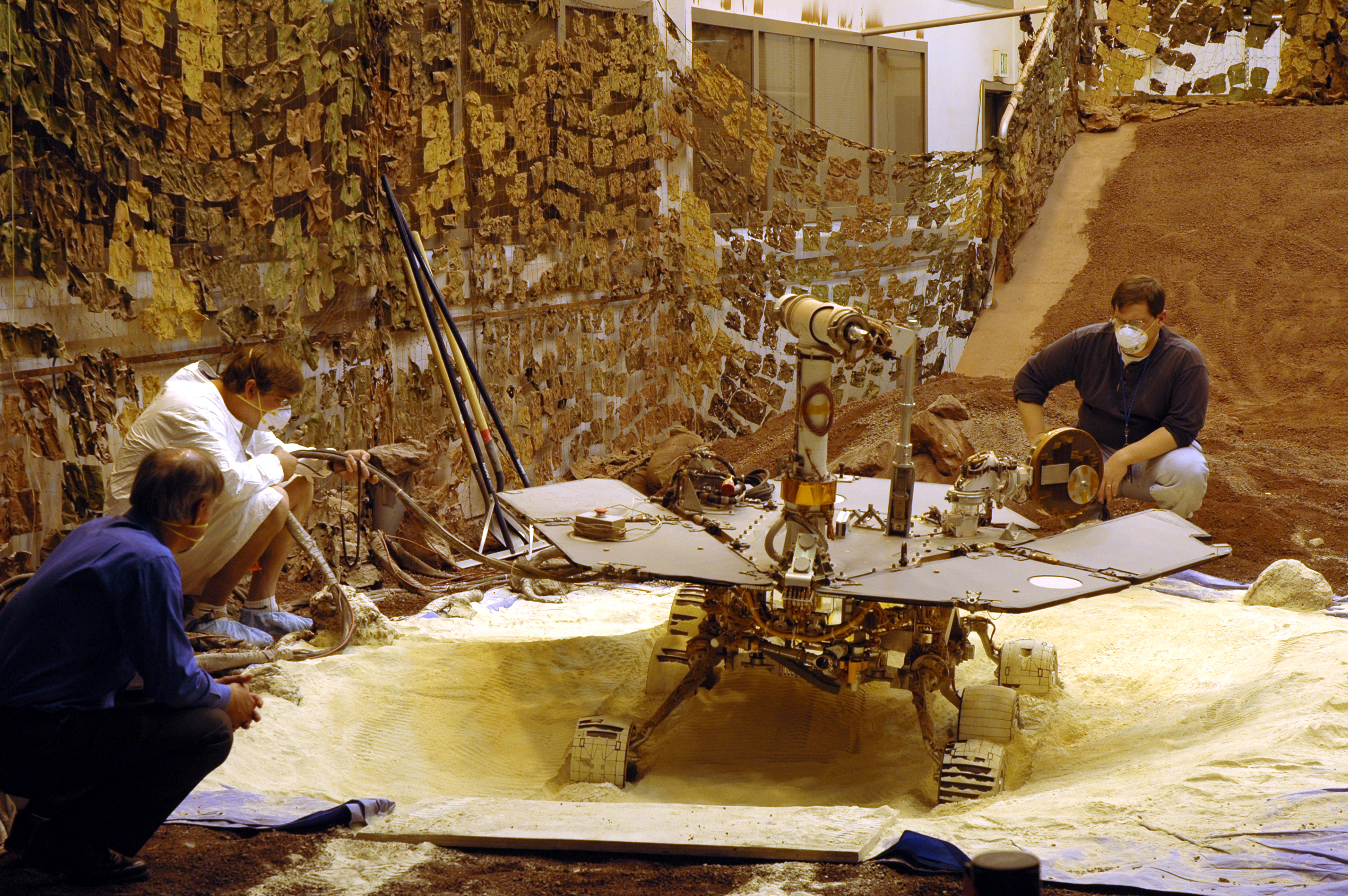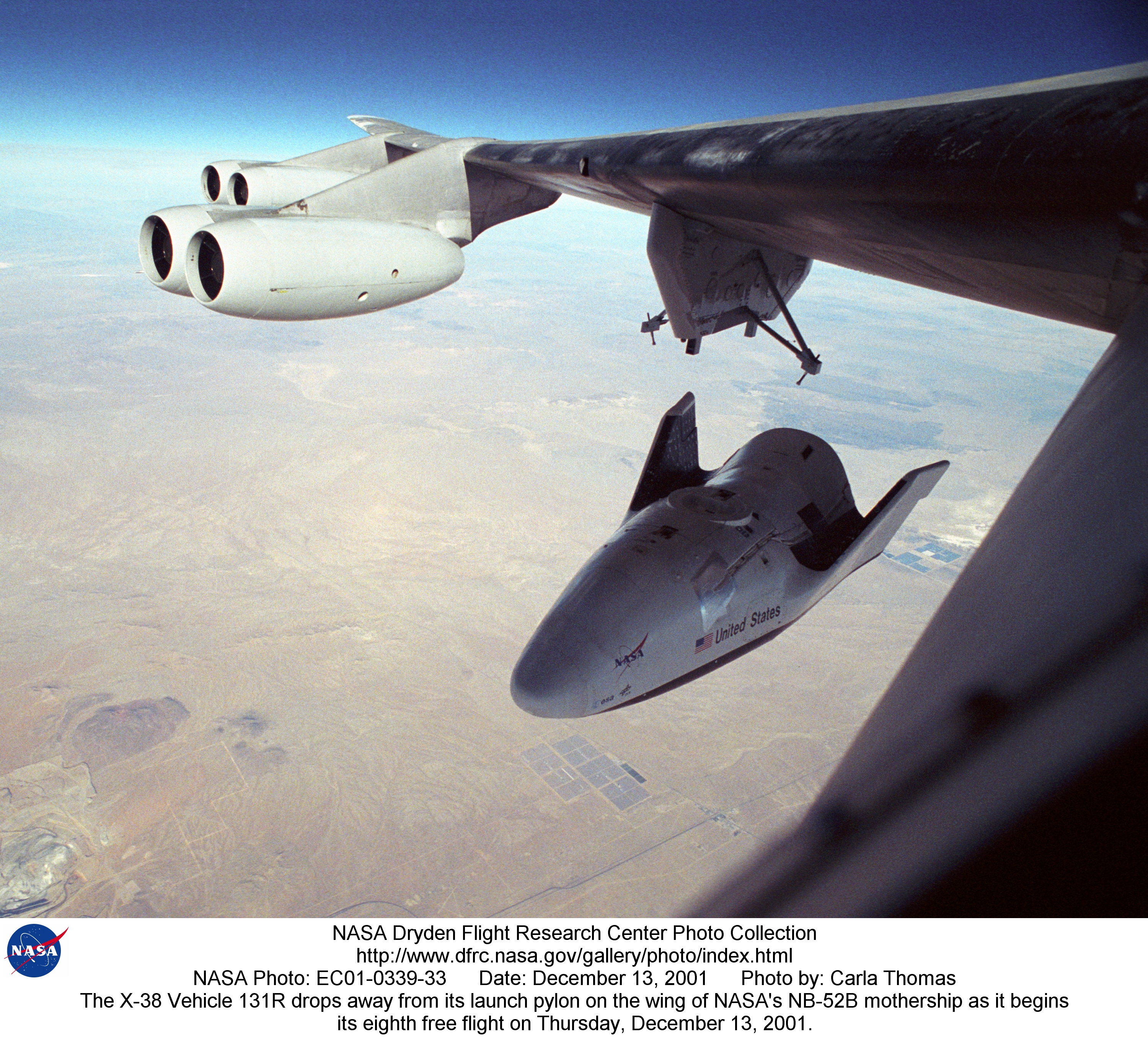
By Eugene S. Meieran and Harrison H. Schmitt
In 1968, Gordon Moore and Bob Noyce left Fairchild Semiconductor to form Intel Corporation. Intel soon became one of the most important companies in the world, a crucial driver of the Information Age, while Fairchild declined. In the mid-1970s, Digital Equipment Corporation (DEC) took a huge bite out of IBM’s mainframe business by creating the minicomputer; twenty- five years later, DEC has disappeared. In the early 1980s, Apple created a huge following when it introduced the Macintosh computer; Apple largely fell off the radar screen for a number of years, only to be recently resurrected as an innovation powerhouse. In 1967, NASA experienced a disastrous fire on the Apollo 1 spacecraft that killed three astronauts; two years later, Neil Armstrong and Buzz Aldrin stepped onto the lunar surface, the first of six crews to do so. NASA subsequently underwent severe budget cuts leading to the cancellation of at least three lunar landings, but then sent rockets to Venus, Mars, Saturn, Neptune, Pluto, Jupiter, Mercury, many outer planet moons, even outside the Solar System. Today, the Mars Spirit and Opportunity rovers are still churning out valuable information, far exceeding their expected life.
We believe that the difference between success and failure in these varied cases, the difference between succumbing to disaster and learning how to reach greater goals in the future comes down to three ingredients: leadership, imagination, and motivation. If you have none of them, or only one, success is unlikely. If you have all three, it is almost certain.
Intel was founded by Bob Noyce and Gordon Moore, both acknowledged as technical masterminds as well as great visionaries. Andy Grove joined them and lent technical talent as well as an organizational mind-set that changed the world by creating and delivering revolutionary new semiconductor devices. They created a company that motivated people through personal recognition as well as financial rewards; that led to the invention of the microprocessor by Ted Hoff, Intel’s first Fellow, and erasable memory or EPROM by Dov Frohman. Imagination, leadership, and motivation made this success possible. Intel’s leadership was willing to bet their company’s future on the potential value of these new devices. Frohman and Hoff were young men with deep technical knowledge, and Gordon Moore, of Moore’s Law fame, and Bob Noyce, co-inventor of the integrated circuit, understood the technology as well as the capability of these people. This combination, along with the motivation to succeed inspired by Grove’s leadership, led Intel to shape the information future of the world.
NASA endured the fire on Apollo 1 and chose not to sink into despair but to learn from the experience. On the second manned Apollo flight, less than two years later, astronauts Frank Bormann, Jim Lovell, and Bill Anders flew around the moon and enabled Neil and Buzz to step out on the surface, just seven months and three missions later. They too had wise leaders like George Low and Wernher von Braun, who understood the technology, had a vision of the future of space travel, and had a great motivation to succeed, fueled by the desire to beat the Soviet Union and by an inner drive to be first to the moon, regardless of politics. NASA’s workforce, mostly people in their twenties, was motivated to succeed, particularly after the fire. They analyzed the entire Command Module to ferret out all the potential problems and, ultimately, built a safe Command Module. The wise leaders considered and accepted the calculated risks involved and had the imagination to change a mission’s schedule to allow for a direct flight to the moon after just one manned Apollo flight, even though the lunar module and the Saturn V booster were still being debugged. And so the flight of Apollo 8 opened outer space to exploration and conquest.
These same qualities came into play after budget cuts eliminated several lunar missions. Imagination showed how to explore the solar system using unmanned vehicles, how to land vehicles on Mars, and how to analyze comets and asteroids. Leadership kept NASA’s mission in view in spite of the difficulties. Motivation ensured success regardless of budget cuts and technical challenges.
Leadership means making decisions that often involve significant risk (like going to the moon on Apollo 8 after just one manned flight, or betting the company on our ability to replace core memories). It’s the great and therefore risky goals that fuel motivation: the goal of creating the Information Age, putting a man on the moon, or hitting an asteroid moving at 50,000 km/hr with a little space probe. Powerful motivation can empower great leaders (Churchill comes to mind), but great ideas most often need great leaders and high motivation to succeed. Von Braun’s vision and capability to go to the moon needed a John Kennedy to make that vision a national goal and George Low to make it achievable.
When imagination is insufficient to discover what’s really possible, and huge opportunities are lost or leadership fails to make meaningful but risky decisions that take advantage of emerging opportunities or fails to motivate the workforce, then challenges and setbacks are likely to lead to failure, not success. So our advice is quite simple, though following it may be quite difficult:
- Allow people to be imaginative and innovative. Imagination makes the near impossible possible.
- Allow leaders to provide leadership, not just management skills.
- Help leaders choose ideas that create motivation for the people working on them. These ideas will flourish in spite of the obstacles.
About the Author
 |
Eugene S. Meieran is an Intel Senior Fellow. |
 |
Harrison H. Schmitt was the Apollo 17 Lunar Module Pilot and is chairman of the NASA Advisory Council. |









